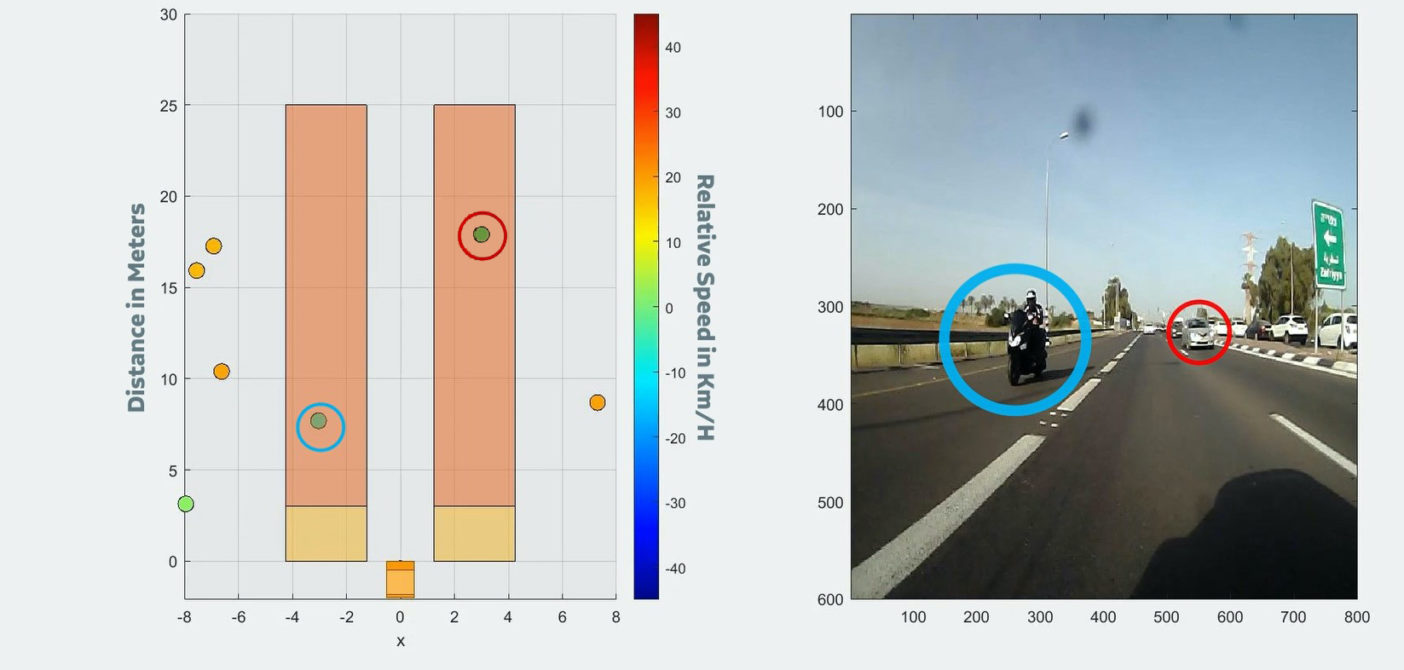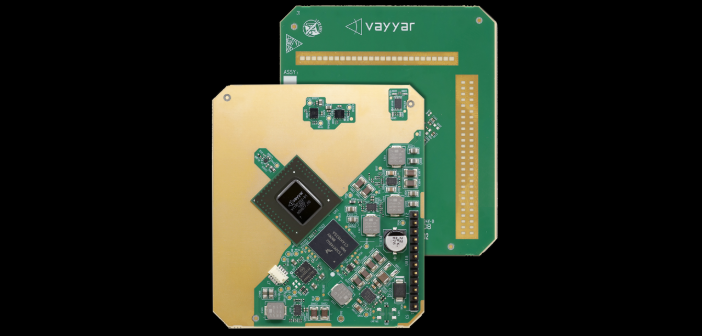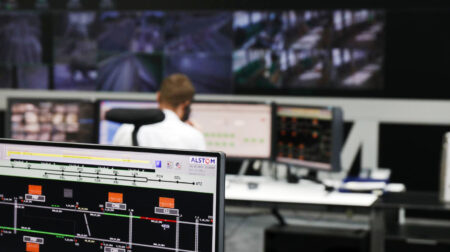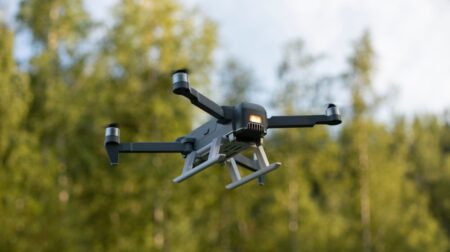Boston-based robotics company Piaggio Fast Forward (PFF) has developed new sensor technology which can not only be deployed in consumer and business robots but also on scooters and motorcycles.
PFF has previously focused on smart following technology and smart behaviour implementation in robots and machines, but in a strategic decision last year, began developing a custom radar sensor module for use in Piaggio Group motorcycles and scooters. It also intends to provide this technology to other companies in the future.
The company’s hardware-software modules are designed to offer uncompromising safety by providing monitoring in all environmental and lighting conditions. PFF awarded a supply contract for the modules’ radar-on-chip to Vayyar Imaging. This led to the deployment of the industry’s first ever 4D imaging radar-based motorcycle safety platform.
The complete sensor package is developed, built and supplied by PFF for mass production in Piaggio Group motorcycles’ Advanced Rider Assistance Systems (ARAS). This system aims to prevent collisions and protect motorcycle riders.
ARAS technology meets the technological requirements of traditional driver assist functions, addressing additional motorcycle-specific challenges such as size constraints and seamless vehicle manoeuvrability at high-tilt angles.

Greg Lynn, CEO at Piaggio Fast Forward, said: “PFF is creating advanced technology products for robots and motorcycles that detect and measure objects in our surroundings to provide the information we need for mapping, object detection, and control, regardless of lighting, weather and other environmental factors.”
The Vayyar 4D imaging radar technology being used in both PFF robots and PFF sensing modules developed for the motorcycle industry supports a large Multiple Input Multiple Output (MIMO) array, that enables ultra-high resolution point cloud imaging for holistic monitoring of a robot’s and a vehicle’s surroundings.
This sensor incorporates sophisticated single-chip 4D imaging radar technology, featuring an ultra-wide field of view, both in azimuth and elevation, with no “dead zones”, detecting and tracking multiple targets. Its small form-factor is engineered to address the unique challenges of motorcycle and robotics design.








